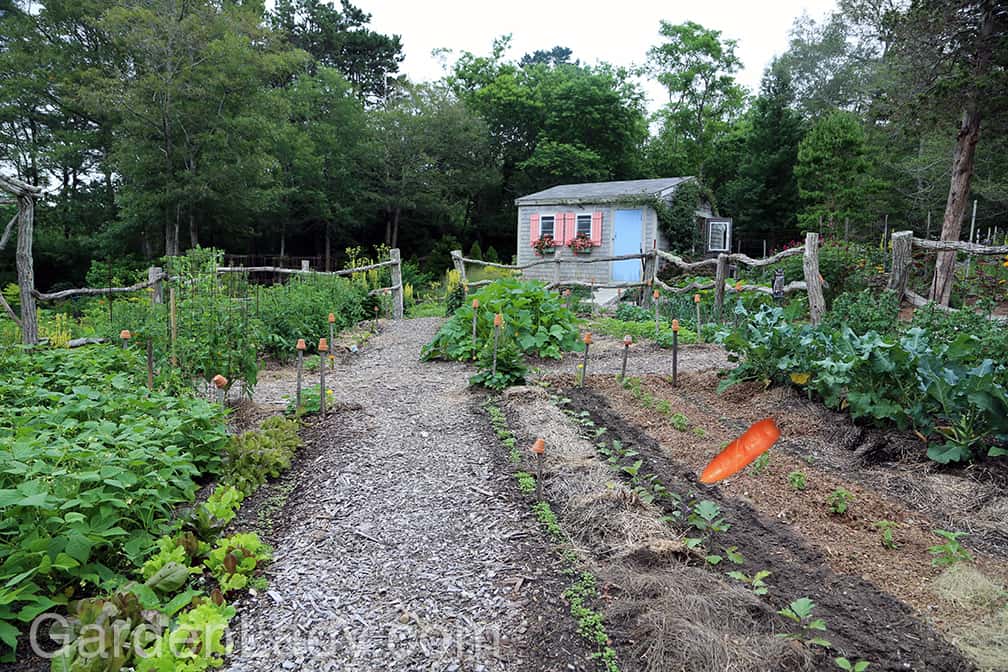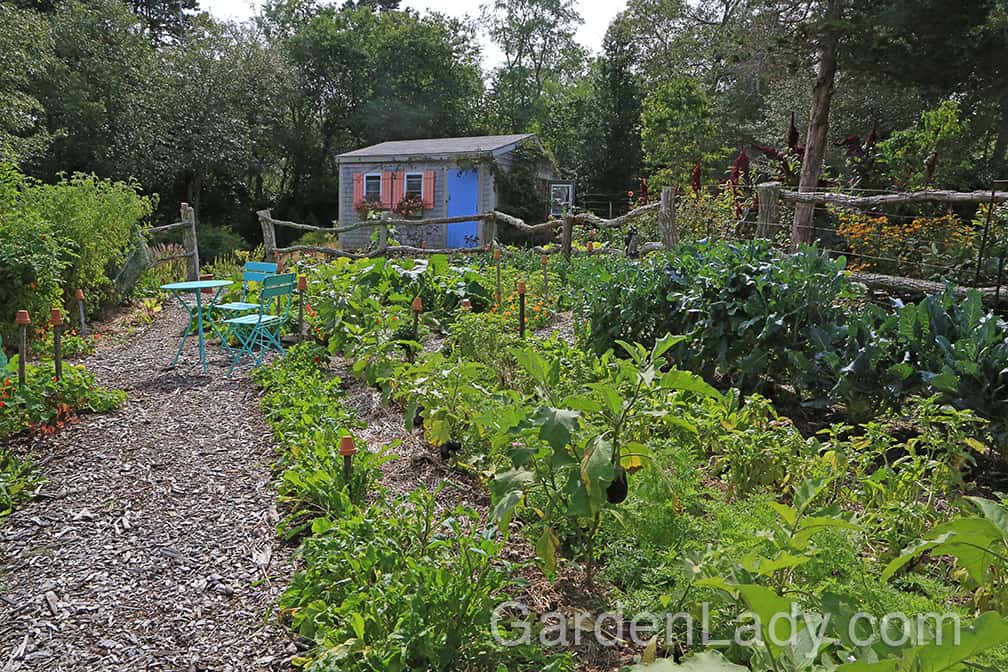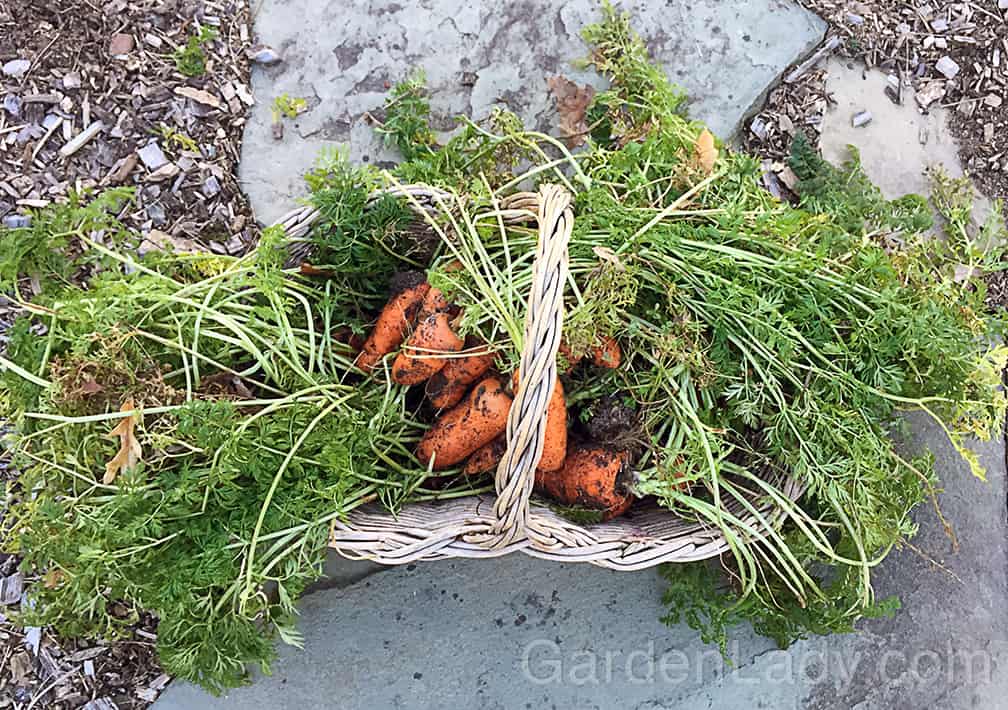Imagine: You’re in the mood for something that’s organic and garden-fresh. You want the intense flavor only found in freshly picked produce. Yard-to-table is the tastiest food on earth, after all. But in the late fall and early winter such flavorful vegetables aren’t as abundant as they were in the summertime. Yet even as the temperatures dip into the 20’s, and the top crust of the earth becomes solid with frost, you do have a crop that you can harvest…you’re able to pick sweet, crisp carrots.
Name: Daucus carota subsp. sativus – variety Bolero. AKA, the Bolero carrot.
Type of Plant: This is a medium-sized carrot that is a Nantes type, which is the best carrot for most people to grow in a home garden. Nantes-type carrots are sweet, cylindrical, blunt-tip carrots. They are strong growers in a wide variety of soils.
Why I love this: Bolero is a variety that is especially good for storage and for growing a late-season crop. It is both blight and powdery mildew resistant and forms carrots that are 6 to 8 inches long. Even the large, fat ones are crisp and sweet. This variety stores well and keeps its sweetness. We sow Bolero carrot seeds in the place where the garlic has grown every year. The garlic is harvested in early July and sometime between mid-July and early August we sow a row of Bolero carrot seeds.
A Word to the Wise: Be willing to thin out carrots when they are about two to three inches high. Don’t let them get much taller because if you do you’re likely to disrupt the ones you want to stay as you yank out the ones you’re thinning. Pull out some of the baby plants so that the remaining carrots are between one and two inches apart.

Here is the garden on July 9th. We harvested garlic early this past summer, so by July 9 we’d placed eggplants in and sowed carrot seeds. The carrot, placed here with Photoshop, points to the row where the carrot seeds have been planted.

Here is that same part of the garden in late September. You can see that just on the other side of the eggplants a thick row of carrot foliage. We started pulling carrots in early October.

Ta-da! A carrot harvest from late-December. I pulled most of them the week after this shot was taken, and on Dec. 23 we still have a few left in the ground.

Here is a batch of mid-December Bolero carrots after they were washed. A couple had split from being in the ground for over 4 months, but most were solid and beautiful.

0 Comments